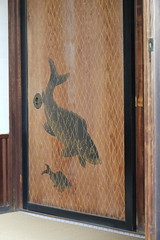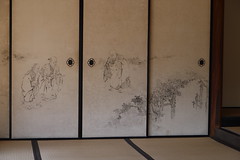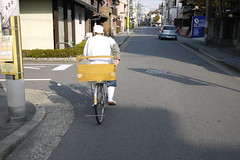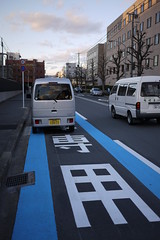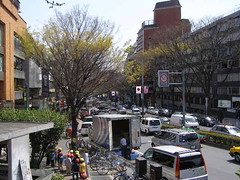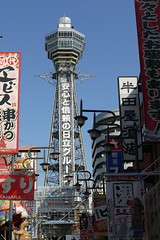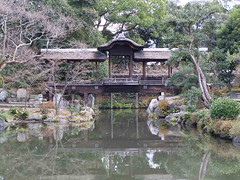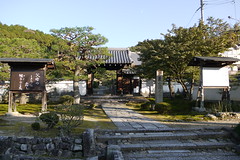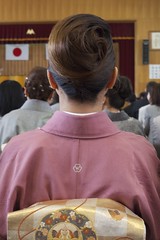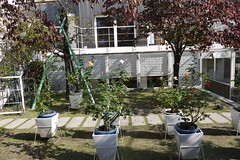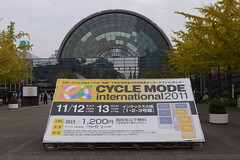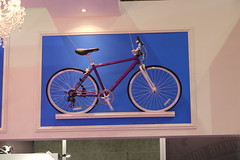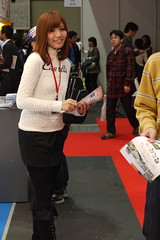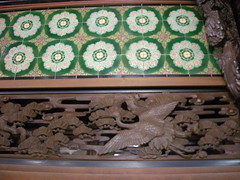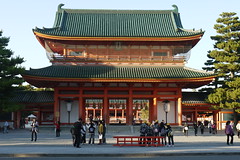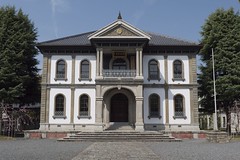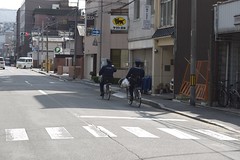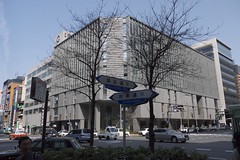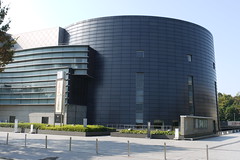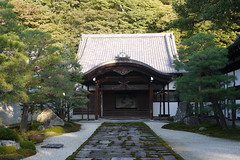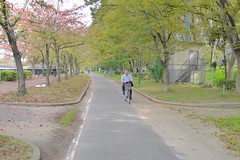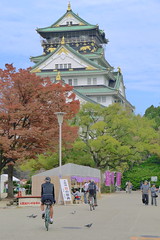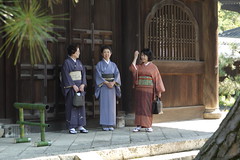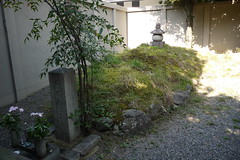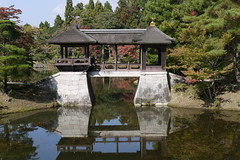
修学院離宮自転車で
Shugakuin Imperial Villa is one of the absolute must see places in Kyoto.
It is a sprawling set of gardens and outbuildings, many of which are tea houses.
The buildings and grounds are administered by the Imperial Household Agency, and reservations are required (for this one must go to the Imperial Palace).
For landscape gardeners, Shugakuin is one of the master works of Japanese gardening. On the fifty-three hectare (133 acres) grounds, there are three separate gardens:
Lower Garden, Middle Garden, and Upper Garden
The villa was built in a mere four years, beginning in 1655.
The Upper Garden has a large man-made pond. Within the pond are a number of small islands. Behind it looms Mt. Hiei. The gardens use this as a backdrop, employing the "borrowed scenery" technique.
The view from above is breath-taking.
In the 1960s, Kyoto bought many surrounding acres to preserve the view.
Though, ironically, within the grounds of the villa, there is farming. As you wander the gardens on the tour, farmers are tending to their small plots.
The area is still semi-rural, and there are many temples and sites not far:
Enkoji, Manpukuji, Shisendo
Details
Shugakuin Imperial Villa
Yabusoe, Shugakuin, Sakyo-ku Kyoto-shi, Kyoto
075 211 1215
Entrance Fee: Free but a reservation is required. Please go to the Imperial Palace.
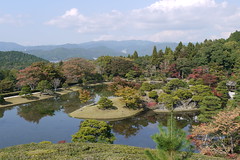
© CycleKyoto.com
CycleKyoto Home Page
Tags
Japan
Touring
Kyoto
Cycle
Shugakuin Imperial Villa
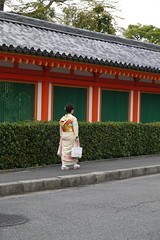 三十三間堂前散策する着物着る美人
三十三間堂前散策する着物着る美人